How to Identify Common Reptile Species: Beginner’s Guide to Herpetology
Herpetology is the study of reptiles and amphibians, including snakes, lizards, turtles, crocodilians, and frogs. It is a fascinating field that attracts many enthusiasts who are passionate about these unique and often misunderstood animals. One of the most important aspects of herpetology is the ability to identify different species of reptiles, which can be a challenging but rewarding task.
Why is it important to identify common reptile species?
Identifying common reptile species is essential for several reasons. Firstly, it helps us to better understand the ecology and behavior of these animals. By knowing which species are present in a particular area, we can learn more about their habitat requirements, feeding habits, and breeding behavior. Secondly, it enables us to make informed decisions about conservation and management. By identifying which species are endangered or threatened, we can take steps to protect them and their habitats.
How to identify common reptile species
Identifying reptiles can be challenging, as many species look very similar to each other. However, there are some key features that can help you to distinguish between different species. These include:
- Size and shape
- Color and pattern
- Scale patterns and texture
- Head shape and features
By learning to recognize these features, you can become a skilled herpetologist and contribute to our understanding and conservation of these amazing animals.
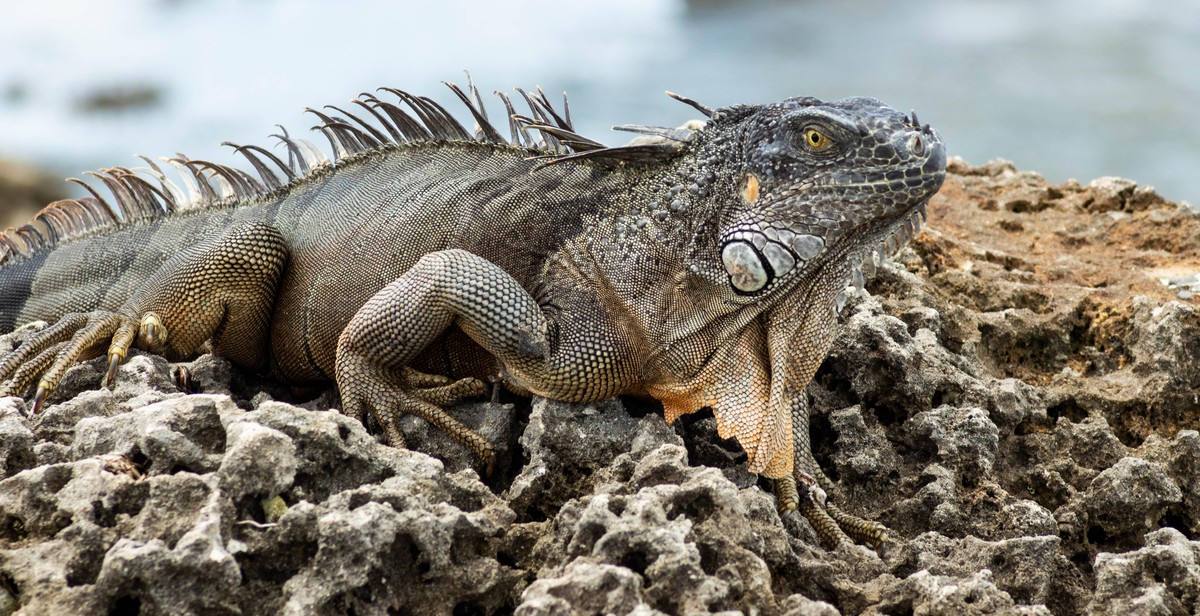
Identifying Common Reptile Species
If you’re interested in herpetology, the study of reptiles and amphibians, one of the first things you’ll need to learn is how to identify common reptile species. In this section, we’ll focus on lizards, snakes, turtles, and tortoises.
Lizards
Lizards are a diverse group of reptiles with over 6,000 species found all around the world. They range in size from tiny geckos that can fit on a dime to massive monitor lizards that can grow up to 10 feet long. Some of the most common types of lizards you might encounter include:
- Geckos
- Anoles
- Iguanas
- Chameleons
- Skinks
To identify a lizard, look for its distinctive features such as its body shape, coloration, and scales. Pay attention to the head shape, the number and placement of limbs, and whether or not the lizard has eyelids.
Snakes
Snakes are legless reptiles that are found on every continent except Antarctica. There are over 3,000 species of snakes, ranging in size from tiny thread snakes to massive pythons and anacondas. Some common types of snakes include:
- Garter snakes
- Rattlesnakes
- Copperheads
- Boas
- Colubrids
To identify a snake, look for its distinctive features such as its head shape, body coloration and patterns, and the shape and arrangement of its scales. Pay attention to the size and shape of its eyes and whether or not it has a rattle on its tail.
Turtles and Tortoises
Turtles and tortoises are reptiles with a distinctive shell covering their bodies. There are over 300 species of turtles and tortoises, ranging in size from tiny turtle hatchlings to massive Galapagos tortoises. Some common types of turtles and tortoises include:
- Box turtles
- Painted turtles
- Snapping turtles
- Tortoises
- Softshell turtles
To identify a turtle or tortoise, look for its distinctive shell shape, coloration, and patterns. Pay attention to the shape of its head and limbs, and whether or not it has a beak or claws.
Conclusion
Learning how to identify common reptile species is an important first step in becoming a herpetologist. By paying attention to their distinctive features, you can begin to develop a deeper understanding and appreciation for these fascinating creatures.
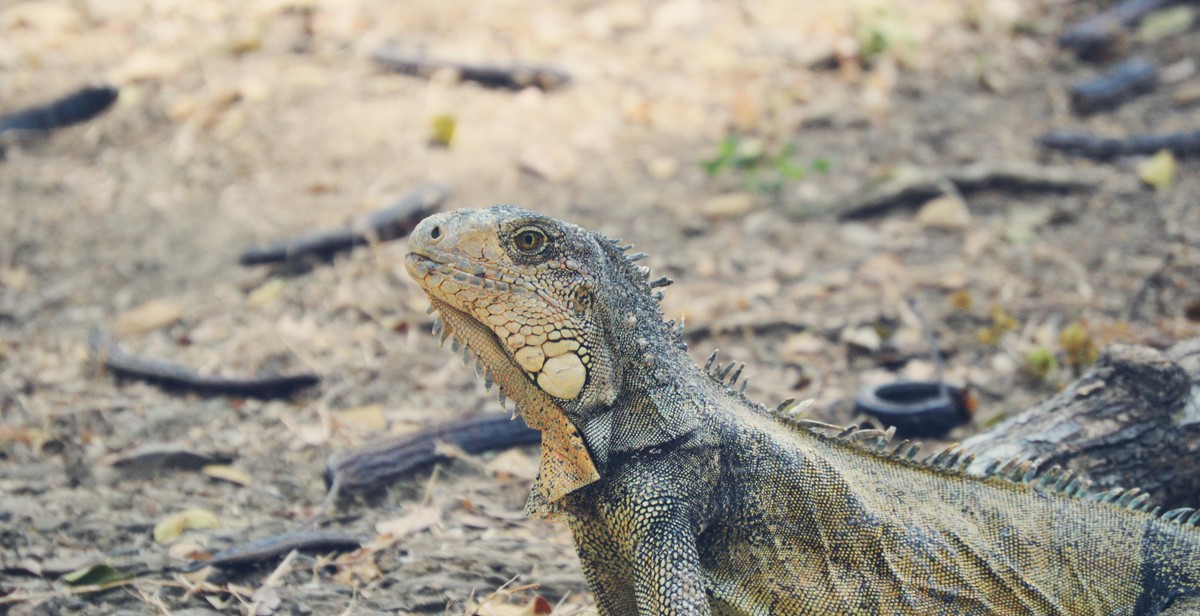
Lizards
Lizards are a diverse group of reptiles that come in a variety of shapes, sizes, and colors. They are found all over the world and are known for their unique characteristics such as their ability to shed their tails and their remarkable camouflage abilities. In this section, we will discuss some common lizard species including geckos, iguanas, and chameleons.
Geckos
Geckos are a type of lizard that are known for their distinctive vocalizations and their ability to climb walls and ceilings. They are found in warm climates all over the world and are often kept as pets due to their unique appearance and low maintenance requirements. Some common types of geckos include:
- Leopard gecko
- Crested gecko
- Day gecko
Leopard geckos are one of the most popular types of geckos kept as pets. They are known for their distinctive spotted pattern and their docile nature. Crested geckos are also popular pets and are known for their unique appearance and ability to regenerate their tails. Day geckos are a type of diurnal gecko that are known for their bright colors and their ability to climb glass surfaces.
Iguanas
Iguanas are a type of lizard that are known for their large size and distinctive appearance. They are found in tropical regions all over the world and are often kept as pets due to their docile nature and low maintenance requirements. Some common types of iguanas include:
- Green iguana
- Red iguana
- Black iguana
Green iguanas are one of the most popular types of iguanas kept as pets. They are known for their bright green coloration and their docile nature. Red iguanas are a type of iguana that are known for their bright red coloration and their unique appearance. Black iguanas are a type of iguana that are known for their dark coloration and their aggressive nature.
Chameleons
Chameleons are a type of lizard that are known for their unique ability to change color. They are found in warm climates all over the world and are often kept as pets due to their unique appearance and low maintenance requirements. Some common types of chameleons include:
- Veiled chameleon
- Panther chameleon
- Jackson’s chameleon
Veiled chameleons are one of the most popular types of chameleons kept as pets. They are known for their distinctive casque on their head and their ability to change color. Panther chameleons are a type of chameleon that are known for their bright colors and their unique appearance. Jackson’s chameleons are a type of chameleon that are known for their three horns on their head and their ability to change color to blend in with their environment.
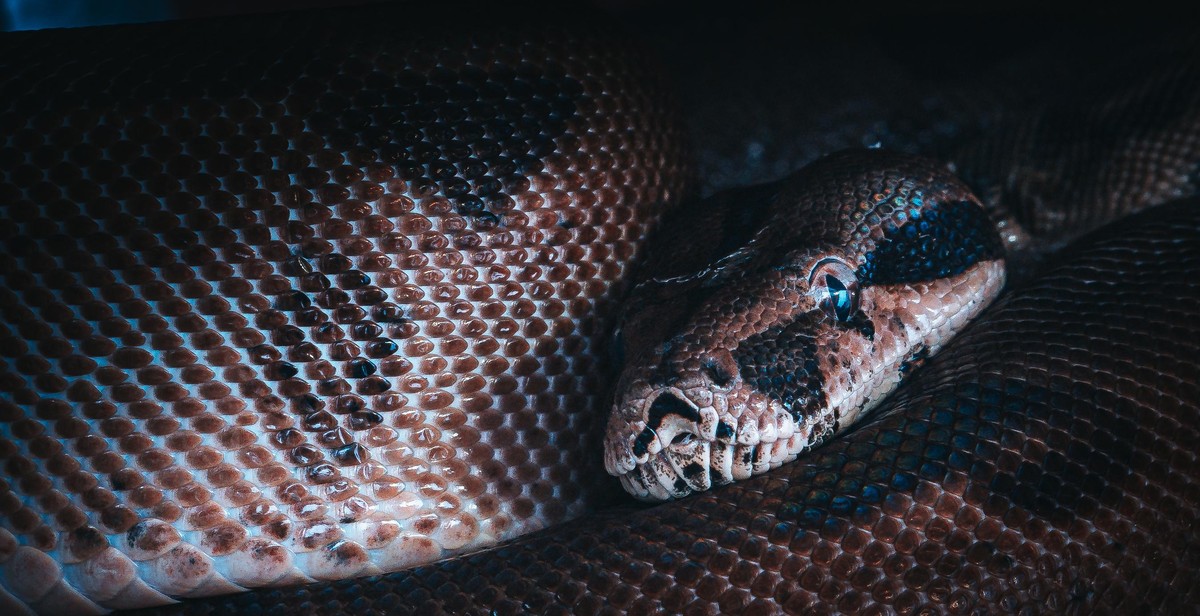
Snakes
Snakes are fascinating reptiles that come in different shapes, sizes, and colors. They are divided into three main categories: Colubrids, Boas and Pythons, and Venomous Snakes.
Colubrids
Colubrids are the largest family of snakes, with over 2,000 species. They are found all over the world, except for Antarctica. Colubrids are non-venomous and have varying diets, feeding on everything from insects to mammals. Some common species of Colubrids include the Garter Snake, King Snake, and Corn Snake.
Boas and Pythons
Boas and Pythons are large, heavy-bodied snakes that are found in tropical and subtropical regions around the world. They are non-venomous and kill their prey by constricting it. Boas and Pythons have heat-sensing pits on their faces, which they use to locate prey. Some common species of Boas and Pythons include the Burmese Python, Green Anaconda, and Boa Constrictor.
Venomous Snakes
Venomous snakes are a small percentage of the snake population, but they can be dangerous to humans. They have specialized glands that produce venom, which they use to subdue their prey. Some common species of venomous snakes include the Rattlesnake, Copperhead, and Coral Snake. It is important to be able to identify venomous snakes in the wild and to give them a wide berth.
| Snake | Location | Appearance |
|---|---|---|
| Rattlesnake | North and South America | Has a rattle on its tail, triangular head, and vertical pupils |
| Copperhead | North America | Has a copper-colored head and hourglass-shaped bands on its body |
| Coral Snake | North and South America | Has red, yellow, and black bands that touch each other |
Knowing how to identify common snake species is important for anyone interested in herpetology. Whether you are a beginner or an experienced herpetologist, understanding the different types of snakes can help you appreciate these fascinating reptiles even more.
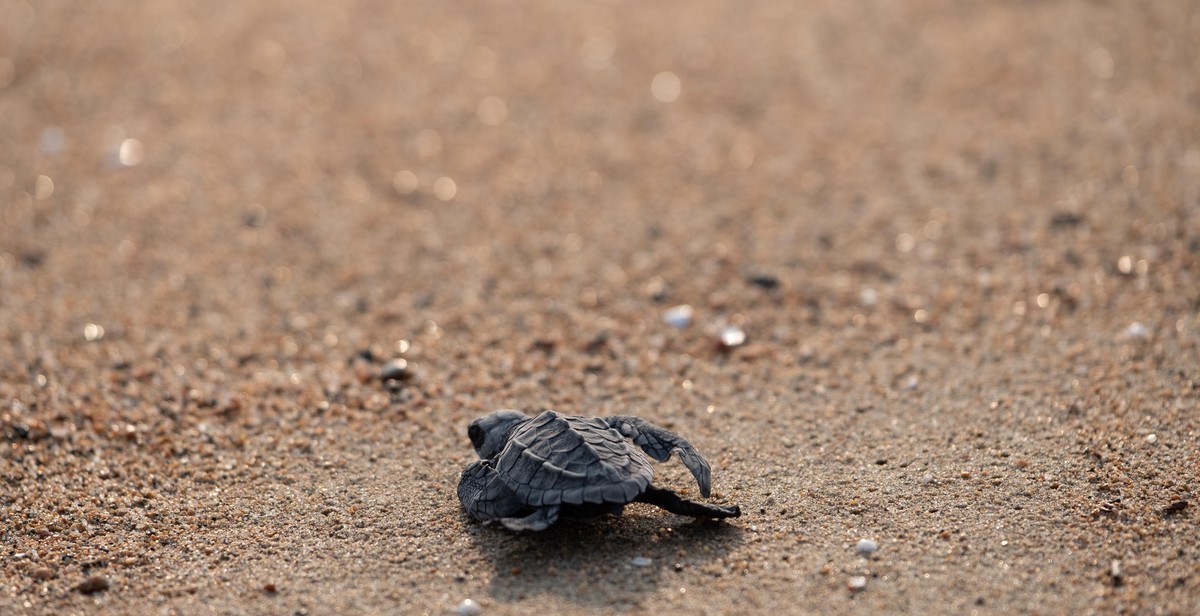
Turtles and Tortoises
Turtles and tortoises are some of the most fascinating reptiles, known for their unique features and behaviors. They come in different sizes, shapes, and colors, and can be found in various habitats, from freshwater ponds and rivers to deserts and forests. In this section, we will discuss the three main types of turtles and tortoises: aquatic turtles, semi-aquatic turtles, and terrestrial tortoises.
Aquatic Turtles
Aquatic turtles are turtles that spend most of their time in water. They have webbed feet and a streamlined body that helps them swim efficiently. Some common species of aquatic turtles include:
- Red-eared slider
- Painted turtle
- Map turtle
- Musk turtle
Aquatic turtles are omnivorous, and their diet consists of aquatic plants, insects, fish, and small animals. They are a popular pet choice, but it’s important to note that they require a large tank with clean water and a basking area to regulate their body temperature.
Semi-Aquatic Turtles
Semi-aquatic turtles are turtles that spend some of their time in water and some on land. They have a less streamlined body than aquatic turtles and are adapted to both terrestrial and aquatic environments. Some common species of semi-aquatic turtles include:
- Box turtle
- Wood turtle
- Slider turtle
Semi-aquatic turtles are omnivorous, and their diet consists of both plants and animals. They require a balanced diet and a habitat that has both water and land areas.
Terrestrial Tortoises
Terrestrial tortoises are tortoises that spend most of their time on land. They have a heavy, dome-shaped shell and sturdy legs that allow them to walk on land. Some common species of terrestrial tortoises include:
- African spurred tortoise
- Russian tortoise
- Sulcata tortoise
Terrestrial tortoises are herbivorous, and their diet consists mainly of grasses, leaves, and flowers. They require a spacious outdoor enclosure with a shelter, a basking area, and a water dish to soak in.
| Type of Turtle/Tortoise | Main Habitat | Main Diet |
|---|---|---|
| Aquatic Turtle | Water | Omnivorous |
| Semi-Aquatic Turtle | Water and Land | Omnivorous |
| Terrestrial Tortoise | Land | Herbivorous |
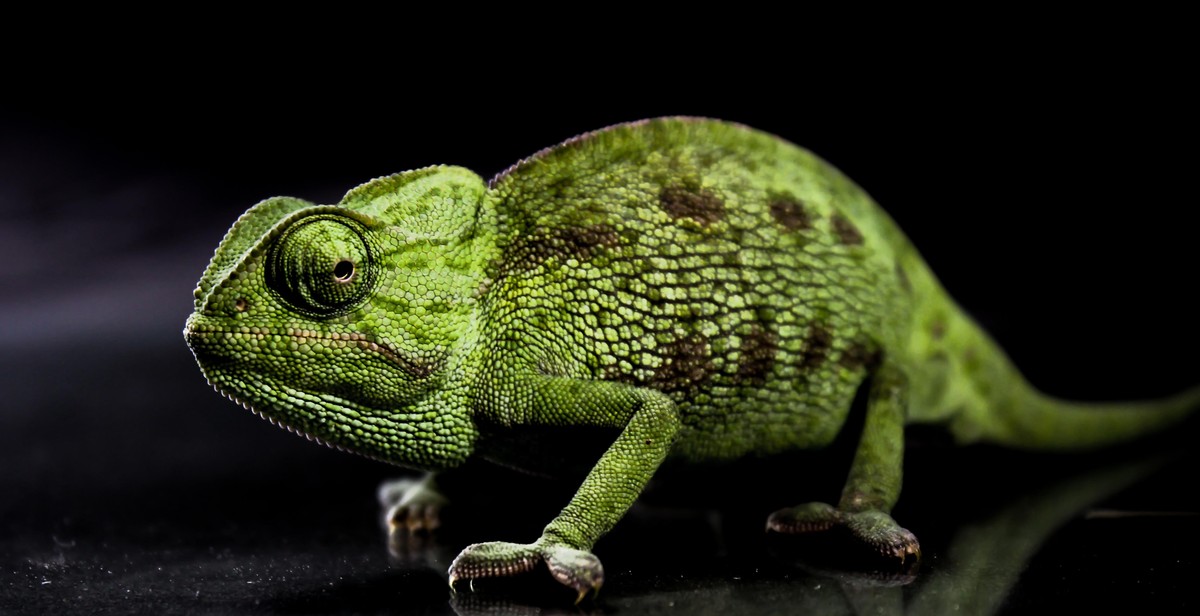
Conclusion
Learning how to identify common reptile species is an essential skill for any beginner herpetologist. With the information provided in this guide, you should now be able to confidently identify some of the most commonly encountered reptile species in your area.
Remember, when identifying reptiles, it’s important to observe their physical characteristics, behavior, and habitat. Using a field guide or consulting with an expert can also be helpful.
By understanding the basic characteristics of common reptile species, you can gain a deeper appreciation for these amazing creatures and their important role in the ecosystem. Whether you are a wildlife enthusiast, a student, or a professional herpetologist, this guide is a great starting point for your journey into the world of reptiles.
Key Takeaways
- Reptiles are cold-blooded animals that are covered in scales.
- There are four main groups of reptiles: snakes, lizards, turtles, and crocodilians.
- When identifying reptiles, it’s important to observe their physical characteristics, behavior, and habitat.
- Some of the most commonly encountered reptile species in North America include the eastern box turtle, black rat snake, northern water snake, and common snapping turtle.
Further Reading
If you’re interested in learning more about herpetology and reptiles, here are some resources to check out:
Remember, the more you learn about reptiles, the more you’ll appreciate these incredible animals and the important role they play in our world.
